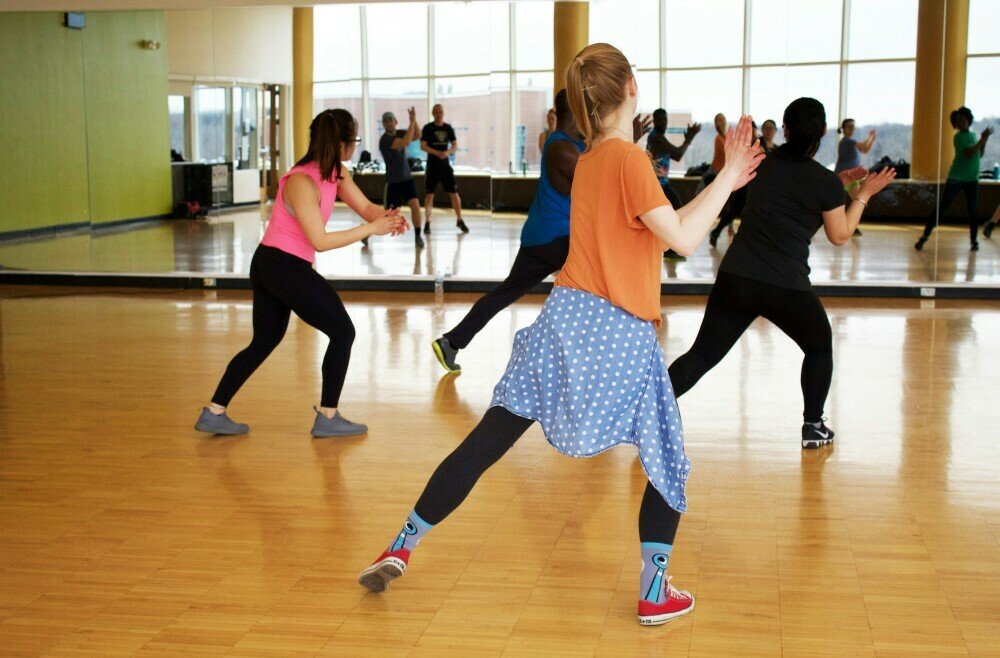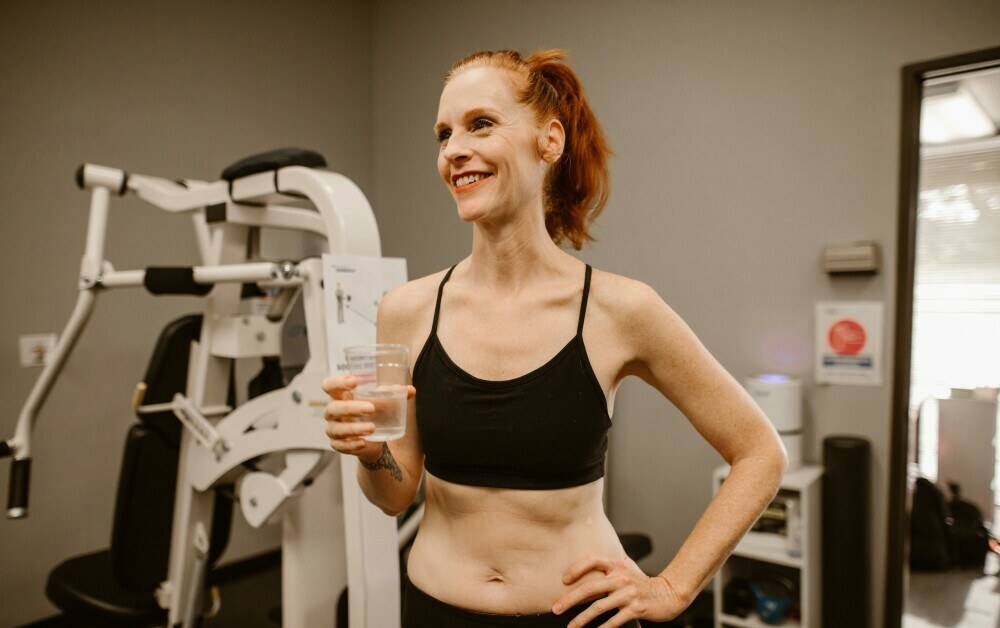Cardiovascular exercise, often called cardio for short, is any physical activity that gets your heart rate up and keeps it elevated for a sustained period.
It’s a cornerstone of a healthy lifestyle, offering a wide range of benefits for both your physical and mental well-being.

We’ll explore 10 key reasons to incorporate regular cardio into your routine.
Benefits of Cardiovascular Exercise:
- Boosts Heart Health: Cardio strengthens your heart muscle, allowing it to pump blood more efficiently throughout your body. This reduces strain on your heart and lowers your risk of heart disease, the leading cause of death worldwide.
- Lowers Blood Pressure: Regular cardio helps manage blood pressure by improving blood vessel elasticity and reducing inflammation. This is especially important for those with hypertension or at risk of developing it.
- Aids Weight Management: Cardio burns calories, which can help you maintain a healthy weight or lose excess fat. By incorporating cardio into your routine, you can create a calorie deficit for weight loss or maintain a healthy weight after reaching your goals.
- Improves Blood Sugar Control: Exercise helps your body utilize insulin more effectively, leading to better blood sugar regulation. This is particularly beneficial for people with prediabetes or type 2 diabetes.
- Strengthens Immune System: Regular cardio can boost your immune system, making you less susceptible to illness. Exercise increases the production of white blood cells, which help fight off infections.
- Reduces Stress and Anxiety: Cardio is a great way to manage stress and anxiety. Physical activity releases endorphins, hormones that have mood-boosting and pain-relieving effects.
- Boosts Mental Health: Studies show that regular cardio exercise can improve symptoms of depression and anxiety. It can also promote better sleep, which is crucial for mental well-being.
- Improves Cognitive Function: Cardio exercise increases blood flow to the brain, which can improve cognitive function, memory, and focus. This can benefit people of all ages, but especially helps maintain cognitive health as we age.
- Increases Energy Levels: Regular cardio can improve your overall energy levels. Exercise strengthens your muscles and cardiovascular system, making your body more efficient at using oxygen. This translates to feeling less fatigued throughout the day.
- Improves Sleep Quality: Physical activity can help you fall asleep faster and experience deeper, more restful sleep. However, avoid strenuous exercise close to bedtime as it can have the opposite effect.
Key Takeaways

- Cardiovascular exercise is essential for maintaining good health and well-being.
- Cardio offers a wide range of benefits, from improving heart health and weight management to boosting mood and cognitive function.
- Aim for at least 150 minutes of moderate-intensity cardio or 75 minutes of vigorous-intensity cardio per week.
Cardiovascular Exercises

Here are some examples of popular cardiovascular exercises:
- Running
- Biking
- Swimming
- Dancing
- Aerobics
- Elliptical training
- Jumping rope
- High-Intensity Interval Training (HIIT)
The benefits of regular exercise and the benefits of cardiovascular training are essentially interchangeable terms.
Both refer to the positive effects of physical activity on your health.
FAQs

- How much cardio should I do?
The American Heart Association recommends at least 150 minutes of moderate-intensity cardio or 75 minutes of vigorous-intensity cardio per week. - What if I’m new to exercise?
Start slowly and gradually increase the duration and intensity of your workouts as you get fitter. - Can any medical conditions prevent me from doing cardio?
Always consult with your doctor before starting a new exercise program, especially if you have any underlying health conditions.
Advanced Cardio Options

Once you’ve established a regular cardio routine, you can consider incorporating more challenging exercises to keep your workouts interesting and continue improving your fitness level.
Here are a few options:
- High-Intensity Interval Training (HIIT): HIIT involves alternating between short bursts of intense exercise and periods of rest or recovery. This type of training can be very effective for burning calories and boosting your metabolism. You can incorporate HIIT into any cardio activity, such as running, cycling, or jumping rope.
- Incline Training: Adding incline to exercises like walking, running, or using a treadmill can increase the intensity of your workout and target different muscle groups. This is a great way to challenge yourself and continue seeing progress.
- Hill Sprints: Find a local hill and incorporate hill sprints into your running or walking routine. Hill sprints are a great way to build leg strength and power.
Remember to listen to your body and gradually increase the intensity of your workouts to avoid injury.
Incorporating Cardio into Your Routine

There are many ways to fit cardio into your daily life.
Find activities you enjoy, whether it’s going for a brisk walk, playing a sport, or dancing to your favorite music.
Here are some tips:
- Break up your day with short bursts of activity.
- Take the stairs instead of the elevator.
- Park further away from your destination and walk.
- Join a group fitness class for added motivation.
Remember, consistency is key.
By incorporating regular cardio into your routine, you can reap the numerous benefits it offers and live a healthier, happier life.
Conclusion

Cardiovascular exercise is a powerful tool for promoting overall health and well-being.
It doesn’t require expensive equipment or gym memberships – you can get started with a brisk walk or jog in the park.
By incorporating regular cardio into your routine, you can invest in your physical and mental health for a longer, happier life.
Additional Tips:
- Warm up before and cool down after your workout. This helps prepare your body for exercise and prevents injuries.
- Stay hydrated by drinking plenty of water before, during, and after your workout.
- Listen to your body. If you experience pain, take a break and consult with your doctor if necessary.
- Make it fun! Choose activities you enjoy so you’re more likely to stick with your exercise program.
I hope this comprehensive article has shed light on the many benefits of cardiovascular exercise. If you have any further questions, feel free to leave a comment below!
Here are some details and links you can incorporate for further reading:
- American Heart Association: This is a reputable source for information on cardiovascular health and exercise recommendations. You can link directly to their exercise recommendations page: https://www.heart.org/en/healthy-living/fitness/fitness-basics/aha-recs-for-physical-activity-infographic
- Mayo Clinic: Another credible resource for health information. You can link to their page on beginner exercise routines: https://www.mayoclinic.org/healthy-lifestyle/fitness/basics/aerobic-exercise/hlv-20049447?p=1
